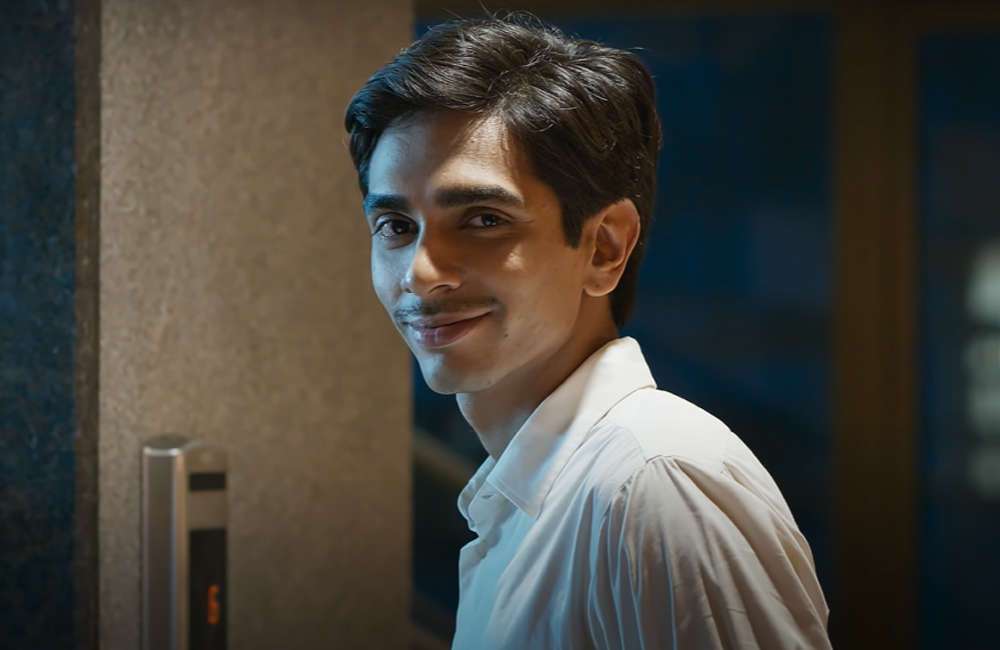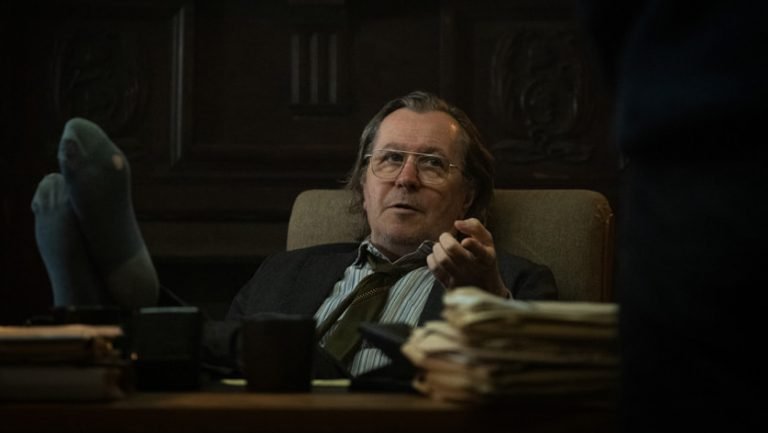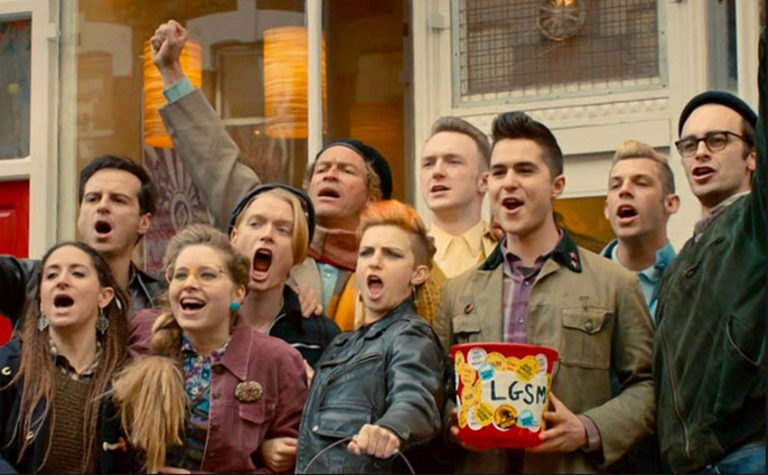Cinema has become inseparable from the life of an ordinary human being. The world of films endows one with a world of varied shades in shards. Some flicks don’t leave us even after we leave the platforms of celluloid miracles. Some movies linger long after the credits roll, haunting, gripping, moving, and exemplifying facets of our existence. Recently, a hidden gem on Netflix caught my attention and was highly recommended by my husband, Sujeeth. With anticipation building, I decided to dive into 2019’s The Lift Boy’s cinematic magic, keeping aside life’s routine absurdities. Box office triumphs or award nominations may fade, but the enduring quality and timelessness of a film’s theme resonate far beyond. This movie, a beacon of inspiration, proved a welcome escape from the routine absurdities, nudging me to reflect on the importance of pursuing dreams with confidence and zeal.
Here comes the spoiler with limited revelations!!!! It’s indeed a coming-of-age story of a 24-year-old vagabond by the debutant director Jonathan Augustin. The movie, released in 2019, meticulously unravels the elements of dreams, desires, guilt, pride, uncommon friendship, selfless love, and dignity of labor through Raju Tawade, the protagonist. Life, at times, takes a sudden O’Henry twist. It is all up to us to decide how to go ahead.
Life indeed acts like a lift, and it depends on the buttons we press to have the crests and troughs in life. As per the director Jonathan Augustin, there is a lift boy in all of us, and the ups and downs in life have to be handled judiciously. His maiden feature film based on a real-life character makes the audience feel there’s more than what the lift boy and the job of the lift boy translate into the celluloid. The lift is what everybody needs in life.
Raju Tawade, played by Moin Khan, yearns to be an engineer. He was forced to take up his father’s job as the lift operator at Galaxy Apartments owing to his ill health. Albeit he failed four times in his engineering drawing examination, Raju was hesitant to work as a ‘lift boy’ thinking of its low social status. However, as the narrative unfolds, the director skillfully peels back the layers of Raju’s life, unveiling his galaxy of dreams, aspirations, and the sacred threads of human connection. This dreary job becomes a metaphorical elevator, forcing both the character and the audience to unforeseen emotional heights.
The film introduces us to Mrs. Maureen D’Souza (acted by Nyla Masood), the lady of the apartment who instructs Raju about lift operations. Slowly and steadily, Mrs. D’Souza and Raju Tawade develop a sort of affectionate relationship beyond words. Raju confides that he wants to be a writer, though society only felicitates or provides space for engineers and doctors. His mother’s culinary work is deemed inferior to his job as a lift boy in society. He presents the typical mindset of Indian parents quite lucidly, citing from his experience.

Raju opens up and confides his anticipations and aspirations to the empathetic human in Mrs. D’Souza. The feelings of a childless woman, a widow, and a creative artist soaring high in her lunacy make us think that things can change in a day and miracles do happen. From the awkward encounters within the elevator to the heartfelt exchanges with residents, the movie captures the essence of the human experience in its most unfiltered form. The humor, often born from the everyday interactions within the apartment building, serves as a universal bridge, inviting the audience to connect with the characters on a personal level. This is where the film’s social relevance comes to the front, surpassing cultural confines to touch upon the shared human experiences of joy, sorrow, and the pursuit of meaning. The limited interactions with Raju’s friend Shawn add to the movie with the rare emotional connection they share.
The visuals are a treat for the eyes, capturing the vivacity of urban life while suffusing a sense of nostalgia. The director’s attention to detail is evident in the framing of shots, each contributing to the overall visual poetry. From soulful melodies to uplifting beats of Ryan Clark’s music, the score elevates the viewing experience, creating an immersive journey for the audience. The last fifteen to twenty minutes stir a tsunami of emotions in the spectators. The unfinished masterpiece of the artist sums up everything. Love can flourish even from a lollypop smile of childish innocence.
The lift, a.k .a. elevator, is not a mere mechanical device but a metaphor for one’s life journey. There is a lift in almost everyone’s life. It will or will not be working, it will go out of order, it will be temporarily closed, it will be on repair. All we need in life is a lift to lift our mindset, passions, and moments of solitariness and sojourn. The lift won’t always work fine. If there is a problem, we must fix it with endurance. Likewise, the emotional turmoils can put us down. We have to wake and lift us from what makes us feel so low. Life is, after all, a rollercoaster journey of denial and acceptance.
As the elevator metaphorically ascends and descends, so does the audience’s emotional journey. The Lift Boy invites viewers to step into the confined yet expansive space of Raju’s world, urging them to reflect on their journeys, relationships, and the profound impact of shared spaces in the impressions of life. In an era when cinema frequently reflects the complexities of the human experience, The Lift Boy stands out as a shining example of storytelling genius, reminding us of the enduring power of genuine connections on the ascent of life’s elevator.
This is a must-watch for those who feel their lift is out of order. The countdown starts here! Stay determined, and never stop chasing your dreams! The Lift Boy, produced by Caroline Pictures and written and directed by Jonathan Augustin, is sure to lift your recesses with the themes resonating for eons in the jigsaw puzzle called life.




![Beating Sun [2022] ‘Venice’ Review: Swann Arlaud is Superb in This Assured Phillppe Petit Drama](https://79468c92.delivery.rocketcdn.me/wp-content/uploads/2022/09/Beating-Sun-2022-Review-768x432.jpeg)

![This Is Not What I Expected! [2017] – NYAFF Review](https://79468c92.delivery.rocketcdn.me/wp-content/uploads/2017/07/This-is-not-what.jpg)
